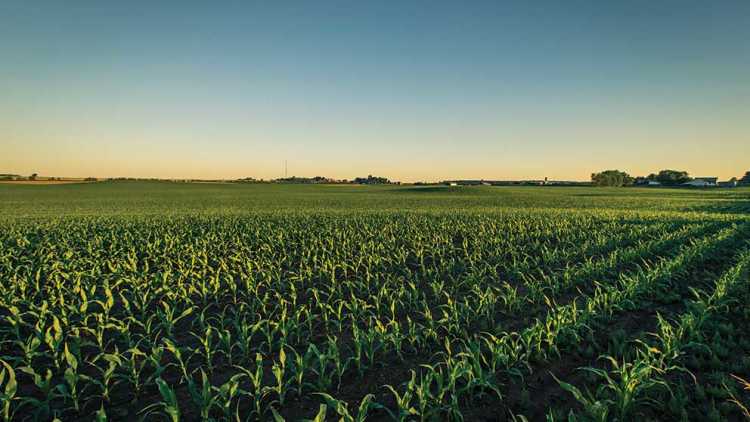Four indicators that signal a rebound in the farm economy

COVID-19 has disrupted all parts of the economy, and agriculture is no exception. Processing plant capacity, labour availability, trade flows and prices have been impacted over the past two months by the worldwide pandemic. In Ontario, 95% of farmers surveyed believe the pandemic will hurt their business financially. Stress levels are running high on many operations.
Here are four economic indicators that could show the worst of the crisis has passed for the agriculture industry.
1. More cars on the road
Gasoline consumption and prices have tumbled with confinement measures to slow the spread of COVID-19. This lowers the demand for ethanol, and therefore corn. Ethanol production accounted for 32.5% of the use of the 2018-2019 corn supply in the U.S. The USDA revised ethanol use downward for 2019-20 by 8% in its most recent WASDE report, and it expects ethanol use to rebound in 2020-21. This is quite an optimistic scenario. Stronger fuel demand is a significant driver of a rebound in demand for corn.
A downside of re-opening the economy will likely be increasing farm fuel prices, but many suppliers offer opportunities to lock in prices.
2. Normalization of slaughter capacity
Several meat packing plants have reduced capacity and shut down temporarily in response to workers contracting COVID-19. These plants are a critical part of our food supply chain. As a result, livestock prices and wholesale meat prices went on different trajectories. Recovery in primary processing activities will be gradual. It may take several weeks in some cases to work through the backlog of livestock on both sides of the border, and for prices to revert to normal levels.
3. Relaxing export restrictions
The world’s supply of wheat is tightening, according to the USDA. Food security concerns led the Russian government to put a quota on wheat exports until harvest starts in July. With Russia being the world's largest wheat exporter; this left some importing countries scrambling for supply. Argentina has raised export taxes on soybeans as the country looks to increase fiscal revenues in response to lower economic activity. The progress being made toward trade normalization between the U.S. and China will benefit Canadian agriculture as well.
Export restrictions normally lift commodity prices. However, U.S. and world projected stocks-to-use ratios for wheat and soybeans are well above the lows observed in 2007-2008. Tighter export competition may provide marketing opportunities for Canadian exporters. Yet countries stockpiling food generally disrupt markets and create volatility.
4. Reopening of hospitality services
Social distancing protocols and restrictions on sit down dining across the county have reshaped food demand away from dining out to dining at home. This posed challenges for processors set up for bulk packing for the food service industry, and then had run on effects with primary agriculture industries such as dairy or potatoes. Once the population goes back to work, the demand from food service will increase, which will lead to demand lining back up with processing capabilities.
Bottom line
The Canadian economy is gradually re-opening, and agriculture will rebound. The pace and magnitude of recovery will differ by sector. Profit margins will be tighter across all sectors. But there is a lot to look for ahead, starting with seeding that is almost completed in many parts of the country.
The COVID-19 pandemic has led to increased stress on many farm operations. If you feel like you need help, reach out to someone you love, or start with Do More Ag.

James Bryan
Senior Relationship Manager
James joined FCC as an Agricultural Economics Analyst in 2011 and is now a Senior Relationship Manager in Thornton, Ontario. He also runs a small farm operation with his family. James completed a BSc in Environmental Science and a Masters of Agricultural Economics at the University of Guelph.